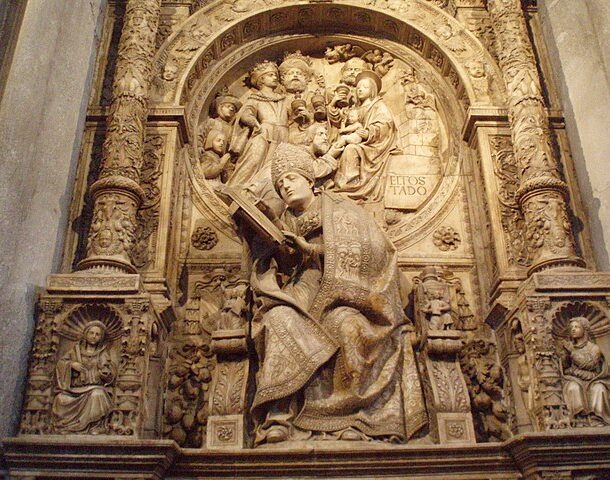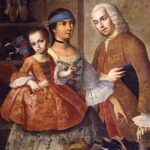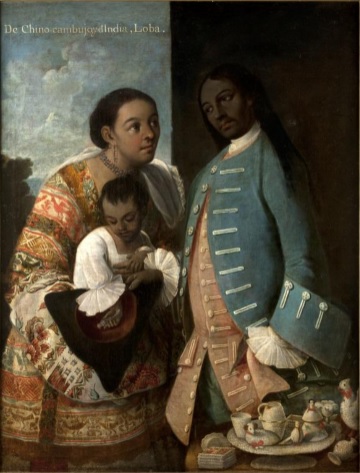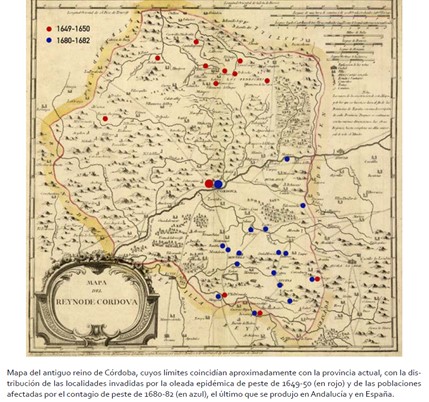
The painting executed by Miguel Cabrera in 1763 is a first-rate source of information on everyday life in the Viceroyalty of New Spain in the 18th century. Produced in a series of 16 scenes showing family groups made up of different ethnic groups, this genre responds to the Enlightenment’s desire to order and classify the social structure and to show a self-image of socio-cultural diversity. The posters hanging from the figures probably meant that these works could have been intended for a foreign audience.
Collection: Images
Project: 4. Family, daily life and social inequality in Europe., 8. Women and the change for gender equality in Europe., 9. Travels and travelers: economic, social and cultural connections.
Chronology: XVIII
Scope: Secondary Education, Baccalaureate, University
Resource type: Image
Format: Oil on canvas (132 x 101 cm)
Source: Museo de América (Madrid, España)
Language: Spanish
Date: 1763
Owner: Álvaro Romero González (Modernalia)
Identifier: MAM 00006
Copyright: Museo de América (Madrid, España)
Abstract: Mixed-race painting whose purpose was to demonstrate the multicultural assimilation of the Monarchy
Image
Tags







